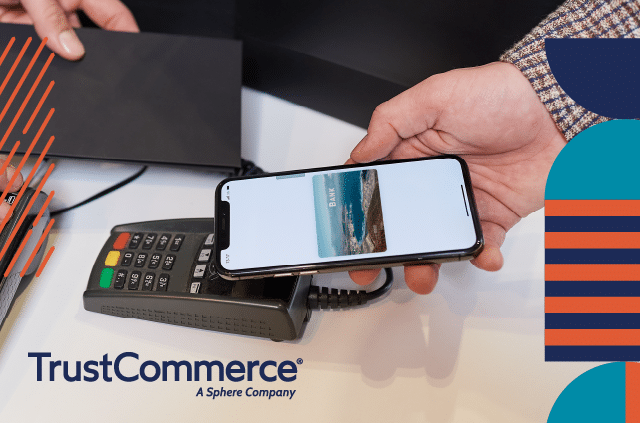Digital wallets have become an increasingly popular payment option with consumers, helping to speed up the checkout process when buying online and due to their convenience and security.
So what is a digital wallet? A digital wallet is an electronic device or online service that lets a consumer make payments or store important information, like credit cards, IDs, and tickets electronically, so instead of carrying a physical wallet, information can be stored on a smartphone or computer.
Like many digital trends, digital wallets have caught on more quickly with younger consumers – but that doesn’t mean that other generations aren’t using them. According to a recent report by PYMTS 79% of Gen Z consumers report using digital wallets, while just 26% of Baby Boomers and seniors used a digital wallet for their most recent grocery purchase.
Interestingly, the survey also revealed that digital wallet users tend to spend more than other users. Convenience, loyalty/reward, and budgeting tools are cited as a few reasons why. Digital wallet users spent 33% more, on average, on restaurant purchases than nonusers, 17% more on retail, and 4% more on groceries in November 2023. The higher spending trends in these categories are consistent throughout the year, the report stated.
These payment methods are common in retail environments, and could be easily applied to the healthcare payment technology.
How healthcare providers can become digital-wallet friendly
Digital wallets such as Google Pay, Apple Pay, PayPal, and Venmo, can be easily accessed with computer or smartphones and eliminate the need for consumers to carry a traditional wallet or credit or debit cards.
For healthcare providers and patients, digital wallets offer greater convenience, ease-of-use, and efficiency than traditional methods of medical bill payment. They can be used in-person, in-app, or online.
Following are three ways healthcare providers can add digital wallet support into the payment mix:
- Card present: Card present transactions occur when a cardholder presents his or her physical credit or debit card – or digital wallet – at the point of sale. To accommodate card present transaction for digital wallets, providers should ensure that their payment terminals support near-field communication (NFC) or contactless payments. TrustCommerce’s Cloud Payments platform supports these standards as well as EMV, with no local installation required, enabling easy deployment complete with comprehensive payment method acceptance.
- Online or In-app: Google Pay, Apple Pay, and PayPal support is available for e-commerce using TC Trustee Premier. This enables patients to conveniently select their payment option of choice without having to provide their payment details each time within patient portals, in-app, or on websites.
- Integrated with electronic health records (EHRs): Digital wallet transactions can be seamlessly processed from within your EHR system. For example, Cloud Payments is integrated with EHRs like Epic and Practice Fusion, enabling providers to accept digital wallet card present payments without using a third party, or different technology vendor. Providers can also present digital wallet payment buttons within their TrustCommerce and Epic MyChart integration. This approach delivers a seamless and secure option that works within native workflows offering convenience to patients and easier reconciliation for staff.
TrustCommerce’s sophisticated omni-channel integrated payment platform has transformed healthcare payment technology by offering secure, seamless, and digital-first solutions. Talk to us today to take advantage of digital wallet payments across the patient payment journey and enhance patient satisfaction and loyalty.
To speak with a Solutions Consultant or learn more about Cloud Payments, contact TrustCommerce.




